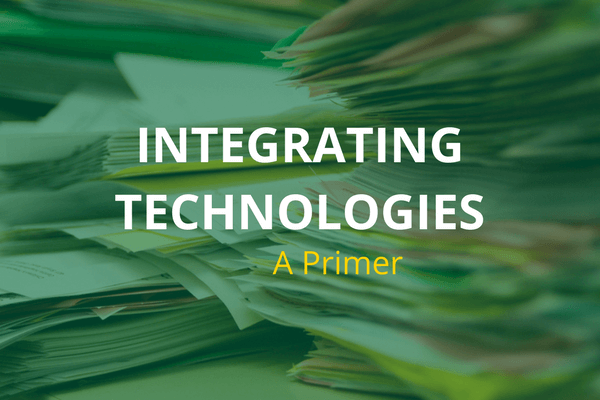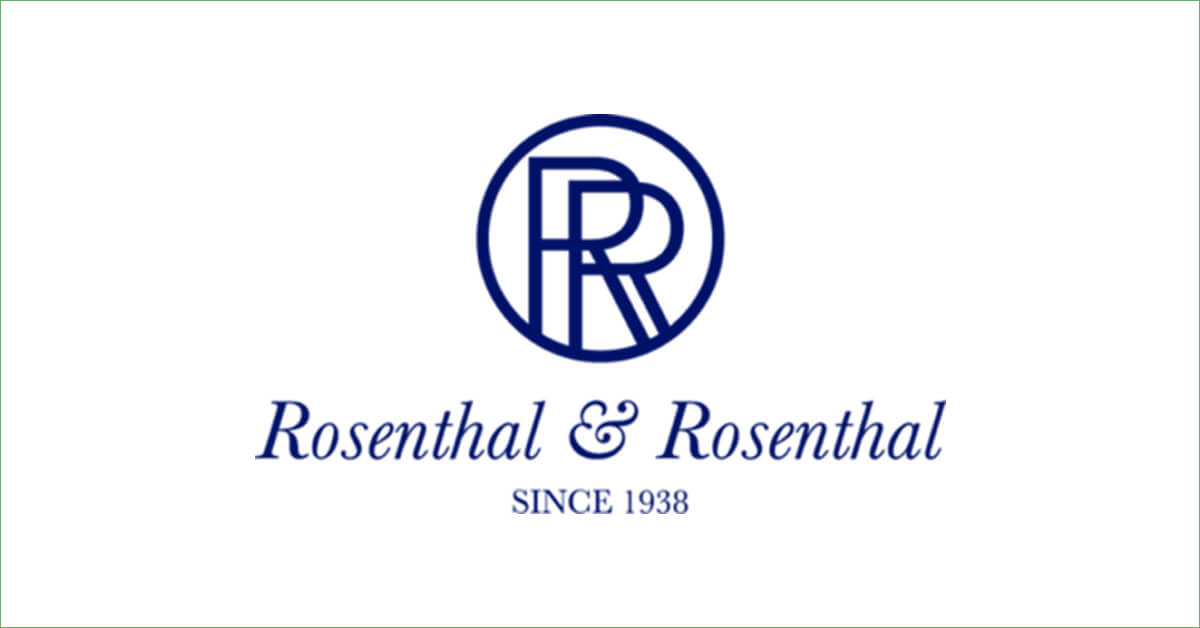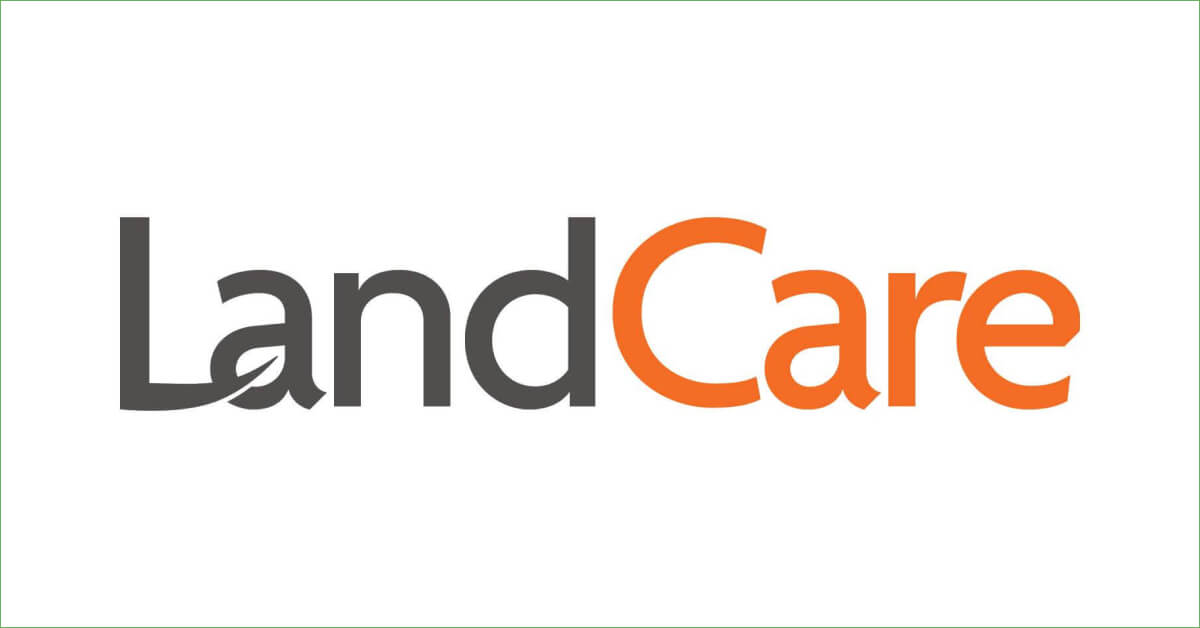Connect your accounting systems to leverage the power of automation
We know that your to-do list is already chock-full of countless tasks and conflicting priorities. Streamlining processes with automation and being able to share data across various systems via system connections will enable you to reduce resource requirements and maximize the utilization of the work already being done.
The software that you choose should easily connect systems together to give you the productivity & visibility you need to exceed your organization’s goals. Integrations should be seamless and simple.
Consider a provider that has experience connecting with various accounting systems.
The connection and interface of the software application to your accounting system will allow you to gain efficiencies and reduce labor-intensive tasks, specifically extracting the data to be entered into ERP systems. The software should be designed to integrate with the technology systems you already use to increase productivity, visibility, and control right out of the gate.
The Best of Both Worlds – A Custom, Yet Simple Solution
The software platform should offer a solution based on your unique needs and integrations are part of that customized approach.
The provider should consult with you to learn about your organization’s needs and make sure data travels between applications with all the necessary formatting intact. The provider needs to be able and willing to help you get the right data out and back into your ERP system to support the process.
The Connection
As a baseline, the provider will have an FTP server used for the receipt of electronic customer files from vendors and customers.
For smaller companies, this type of connection will be the most cost-effective method and easiest to implement. The FTP server should support secure FTP protocols (SFTP and FTPS). Files should be sent to a directory unique to each customer. Customer files received by FTP should be automatically imported into the provider’s software platform.
For larger companies with available resources or for companies with the need for real-time updates, look for a solution that supports a REST system that allows customers to find, add and update all data and documents stored within the software platform in real-time.
REST is a standard for requests and responses between systems and is secured through the use of mutual certificate authentication between both the customer and the provider’s infrastructure. It is an encrypted end to end communication over the internet using HTTPS.
Additionally, the System for Cross-domain Identity Management (SCIM) standard has grown in popularity and importance.
SCIM is an open standard for automating the exchange of user identity information between identity domains, or IT systems.
This provides large companies with hundreds or thousands of hosted applications (internal and external) and related servers, databases and file shares that require user provisioning, with a standard connection method and eliminates the need to write custom software connectors.
What to Expect
The provider will need access to certain information in the accounting system depending on your needs and the processes you want to automate. You’ll likely be asked to provide purchase order and invoice data, as well as general ledger information and vendor data. The provider will pull that information in and the system will use it to match incoming payments to invoices or vendor codes.
The provider should be able to work directly with your IT department to get the information they need.
In smaller businesses, the provider may have to work with department leaders or third-party software providers to integrate the solution. The provider should provide specifications to your technical staff, internal or external, for simple integration. An important part of the planning phase is determining software specifications and deciding the process that is needed to be used to integrate everything.
The Testing Phase
Before the integration goes live, the provider will test the data exchange, then set up an environment that allows you to test the software application. The provider should be able to assist you with the processes that need to be tested to ensure that the production roll-out to your users occurs seamlessly.
The Time Requirement
The entire setup process should move quickly, provided the resources are available on your end to make the integration go smoothly. The provider should be fully prepared to tackle any challenges that arise in developing the best solution for each customer. The process should only require a couple of weeks of dedicated time from your team to create an accounting solution that works for your business.
To learn about other automation tips read our automation checklist.


















